David Murphy: Is Dylan Harper the next Ben Simmons, Markelle Fultz, or Anthony Edwards? A Sixers draft puzzle.
Published in Basketball
PHILADELPHIA — The NBA draft lottery is about three weeks away, and the Sixers have a reasonable chance at landing a top-six pick, which means it’s time to remind ourselves of a little conventional wisdom. I like to call it the Durant-Curry Hypothesis.
If a player is good enough to be selected at or near the top of the NBA draft, he should have been good enough to make his college team win a lot of games.
The logic goes something like this:
— The NBA is a league of basketball teams (acknowledged).
— In the NBA, one superstar can make a difference between mediocrity and greatness (Daryl Morey, 2020).
— The best way to acquire such a superstar is at the top of the NBA draft (Sam Hinkie, 2013).
— Thus, a team with a pick at the top of the NBA draft should be looking for such a superstar (If No. 1 & No. 2 -> No. 3).
— The NCAA Tournament features the best basketball teams from the Division I league (plus North Carolina).
— A basketball player who is capable of making a superstar-caliber difference in the NBA will likely make a superstar-caliber difference in the NCAA Tournament (Kevin Durant 2007, Stephen Curry 2008).
All of which raises a natural question: What are we to make of the alleged superstars whose teams weren’t even good enough to qualify for the NCAA Tournament (minus North Carolina)?
Call it the Simmons-Fultz Antithesis.
For the Sixers, it could end up being the Harper-Bailey Conundrum if they land a top-six pick in the draft lottery on May 12.
Of the last 54 players to be selected in the top six in the NBA draft, only three played a full collegiate season and failed to qualify for the NCAA Tournament.
The Sixers drafted two of them.
Both got to the NBA and refused to shoot.
Coincidence?
It might be. See, the third player is Anthony Edwards, who went No. 1 overall to the Minnesota Timberwolves after “leading” Georgia to a 16-16 record in 2019-20. Now in his fifth NBA season, Edwards has already led his team to one conference finals. His team is currently tied, 1-1, with the Los Angeles Lakers in the first round of the playoffs. He is a superstar, without a doubt. He also might be the exception that proves the rule. Whatever that means.
Side note: Somebody once explained to me in a way that made sense what it means how an exception can prove a rule. But I forget. I am thus invoking it as a lazy cliché.
Reality is, there is no rule. I called it a hypothesis, remember. Guidance might be better phrasing. A team must do its due diligence before drafting a player whose team’s performance is incommensurate with said player’s (alleged) individual talent.
The Sixers would be wise to adhere to said guidance if they end up drafting outside of Cooper Flagg territory (No. 1 overall). If they wind up with the No. 2 overall pick, they will be expected to select young Dylan Harper, son of ’90s NBA O.G. Ron Harper and, admittedly, a player who pops on film. If they pick later than No. 2, they will be expected to consider Ace Bailey, a prospect whose measurables are eerily similar to Ben Simmons’, and whose team’s performance was, too. Thing is, Harper and Bailey played on the same Rutgers team. Despite having two of the top five projected picks in the NBA draft, Rutgers was … well, Rutgers.
True, 15-17 might qualify as historic by New Brunswick standards. Also true, a .468 win percentage might qualify for the NBA playoffs. But when 40% of a team’s starting lineup features one of the five best draft-eligible basketball players in the world, and that team finishes the season with a losing record, it raises a bit of a red flag (or a Scarlet flag, if you prefer).
The Sixers can surely look back on their own lived experience for some perspective. Back in 2017, they swapped picks with the Celtics and moved up to No. 1 overall to select Markelle Fultz, whose Washington Huskies somehow managed to win just nine of 31 games despite having the ostensibly best player in the draft and a future first-round pick in Matisse Thybulle (alas, the Sixers drafted him, too). This was one year after they used the No. 1 overall pick to draft Simmons, whose LSU Tigers went 19-14 and missed the NCAA Tournament.
Joel Embiid has shouldered the brunt of the blame for the Sixers’ current state. He’s deserved a lot of it. But the Sixers are where they are primarily because they whiffed on Simmons and Fultz. In doing so, they passed on actual college stars like Jaylen Brown, Jamal Murray, Jayson Tatum and De’Aaron Fox.
Morey does not strike me as a guy who will allow anecdotal evidence to prevent him from picking a guy who checks all the boxes on the scouting report. But he also strikes me as a guy who is smart enough to learn from his experiences with Simmons and Embiid and the aftermath of Fultz. There is such a thing as a winning basketball player. Frankly, he’s seen it with his selections of Tyrese Maxey and Jared McCain. This year’s top 10 is expected to include a couple of tournament standouts in Duke’s Kon Knueppel and Maryland’s Derik Queen, along with a host of other players whose teams qualified for the Big Dance. Flagg is the big prize, of course (the Sixers currently have about a 10% chance at landing the No. 1 overall pick).
My eyes say that Harper, a Cade Cunningham-Jalen Brunson hybrid, is much more likely to be worth the risk than Bailey. The only definite is that the variable must be considered.
©2025 The Philadelphia Inquirer, LLC. Visit at inquirer.com. Distributed by Tribune Content Agency, LLC.
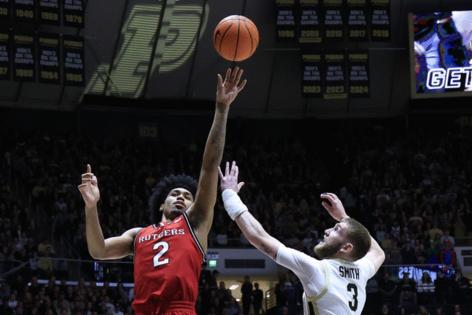
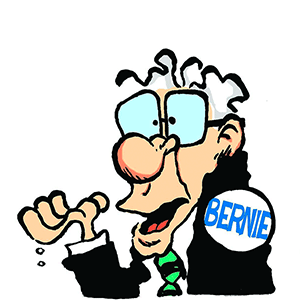
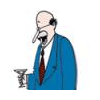
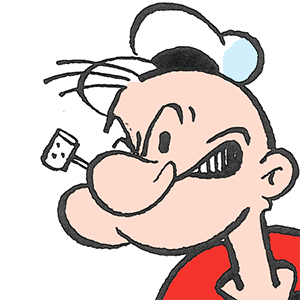


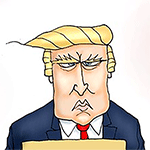
Comments